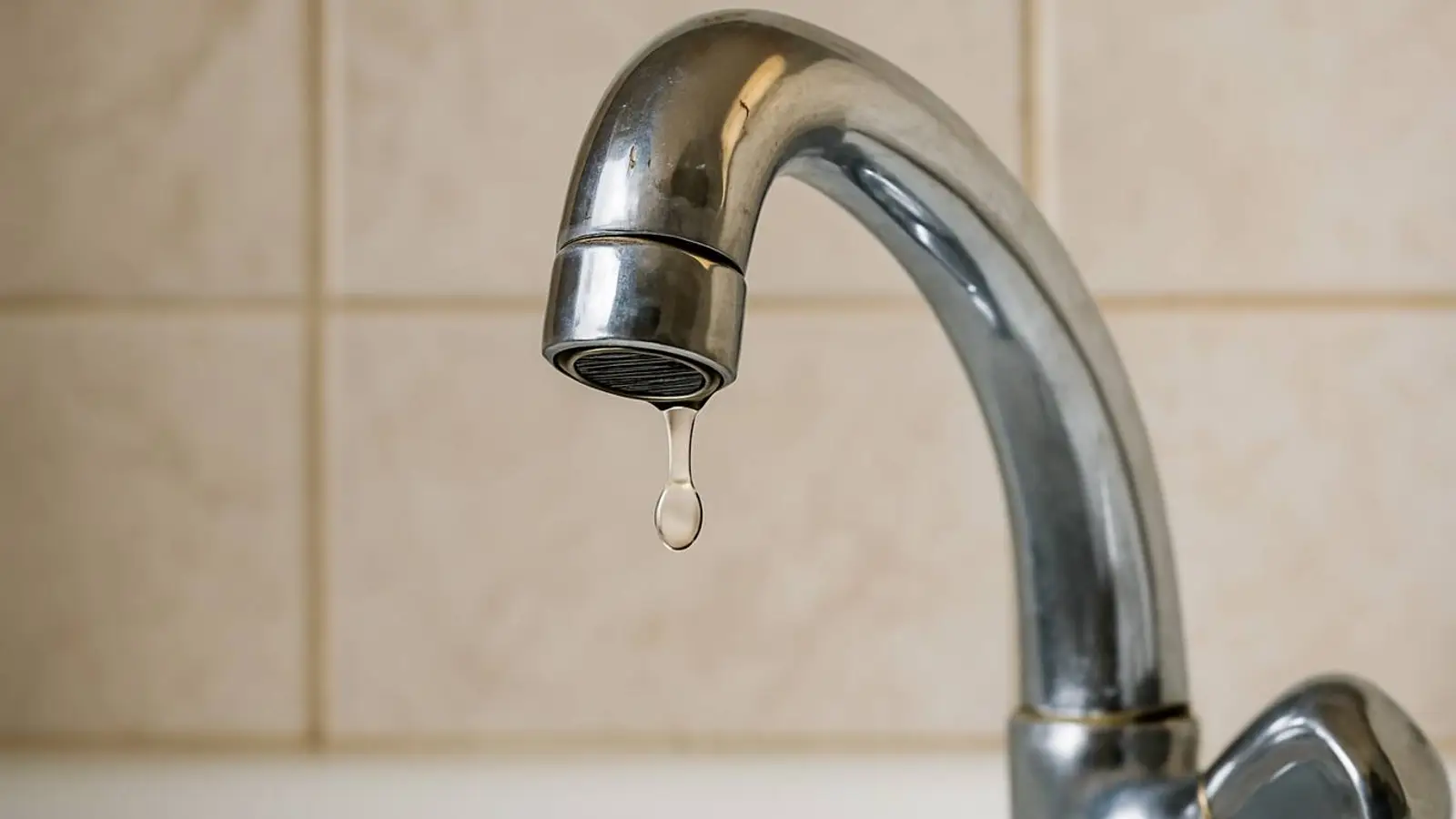https://boda.su/en/posts/id1511-fix-a-dripping-faucet-swap-ptfe-ring-for-copper-washer
Fix a dripping faucet: swap PTFE ring for copper washer
Stop a dripping faucet: the copper washer cartridge fix
Fix a dripping faucet: swap PTFE ring for copper washer
Tired of a dripping faucet after a new cartridge? The real culprit is a worn PTFE ring. 10‑minute fix: replace it with a copper washer and seal grease.
2025-11-28T00:42:48+03:00
2025-11-28T00:42:48+03:00
2025-11-28T00:42:48+03:00
A dripping faucet is a small household nuisance that somehow irritates more than most. At first the sound is barely there, then the trickle grows noticeable, and before long you’re cranking the handle shut with both hands. And all of this can happen even after installing a new faucet cartridge. Why does it keep coming back, and what actually solves it?Why it leaks when the parts look fineTaking the cartridge apart often leaves you puzzled. Everything seems intact at a glance: the rubber seals are in place, the ceramic plates are unbroken. Yet the leak persists. The real culprit is a tiny PTFE ring tucked inside the mechanism. As it wears down, pressure on the ceramic stack drops, and water starts to creep through even when the tap is closed. A faint clink and small dribbles are the first warning signs of that wear.Tear-down: finding the weak linkThe process looks like this:unscrew the faucet cartridge;remove the silicone gasket;lift out the ceramic parts;carefully take out the retaining ring;push out the stem, which is where the worn part sits.That tiny PTFE ring is what triggers repeat leaks. Replacing it with the same piece helps only briefly—the material wears out again fast.A copper washer instead of the stock ringA fix that rarely gets mentioned focuses on ditching the PTFE ring. In practice, a copper washer presses the ceramic plates more firmly and lasts much longer. After this swap, the faucet holds water more consistently. Owners report that the problem stays away for a long time, including those who tried it in hard-water conditions.Don’t skip the lubricantThere’s an important detail that’s easy to miss. Even good seals need grease—and not just any kind. Use grease formulated for washing machine seals:it doesn’t wash away;it protects the rubber;it improves sealing;it prevents water from sneaking under the valve.Apply a light coat to the inner and outer sides of the seals before reassembly.What this repair deliversThe tap stops leaking.The cartridge lasts several times longer.No need to keep buying new parts.The whole job takes about 10–15 minutes.A simple tweak that repair shops seldom suggest, yet it actually works—addressing the cause rather than papering over the symptoms.
dripping faucet, faucet cartridge, PTFE ring, copper washer, ceramic plates, leak fix, faucet leak, hard water, seal grease, lubricate seals, home repair, plumbing tips
2025
articles
Stop a dripping faucet: the copper washer cartridge fix
Tired of a dripping faucet after a new cartridge? The real culprit is a worn PTFE ring. 10‑minute fix: replace it with a copper washer and seal grease.
Изображение сгенерировано нейросетью Dall-e
A dripping faucet is a small household nuisance that somehow irritates more than most. At first the sound is barely there, then the trickle grows noticeable, and before long you’re cranking the handle shut with both hands. And all of this can happen even after installing a new faucet cartridge. Why does it keep coming back, and what actually solves it?
Why it leaks when the parts look fine
Taking the cartridge apart often leaves you puzzled. Everything seems intact at a glance: the rubber seals are in place, the ceramic plates are unbroken. Yet the leak persists. The real culprit is a tiny PTFE ring tucked inside the mechanism. As it wears down, pressure on the ceramic stack drops, and water starts to creep through even when the tap is closed. A faint clink and small dribbles are the first warning signs of that wear.
Tear-down: finding the weak link
The process looks like this:
- unscrew the faucet cartridge;
- remove the silicone gasket;
- lift out the ceramic parts;
- carefully take out the retaining ring;
- push out the stem, which is where the worn part sits.
That tiny PTFE ring is what triggers repeat leaks. Replacing it with the same piece helps only briefly—the material wears out again fast.
A copper washer instead of the stock ring
A fix that rarely gets mentioned focuses on ditching the PTFE ring. In practice, a copper washer presses the ceramic plates more firmly and lasts much longer. After this swap, the faucet holds water more consistently. Owners report that the problem stays away for a long time, including those who tried it in hard-water conditions.
Don’t skip the lubricant
There’s an important detail that’s easy to miss. Even good seals need grease—and not just any kind. Use grease formulated for washing machine seals:
- it doesn’t wash away;
- it protects the rubber;
- it improves sealing;
- it prevents water from sneaking under the valve.
Apply a light coat to the inner and outer sides of the seals before reassembly.
What this repair delivers
- The tap stops leaking.
- The cartridge lasts several times longer.
- No need to keep buying new parts.
- The whole job takes about 10–15 minutes.
A simple tweak that repair shops seldom suggest, yet it actually works—addressing the cause rather than papering over the symptoms.

